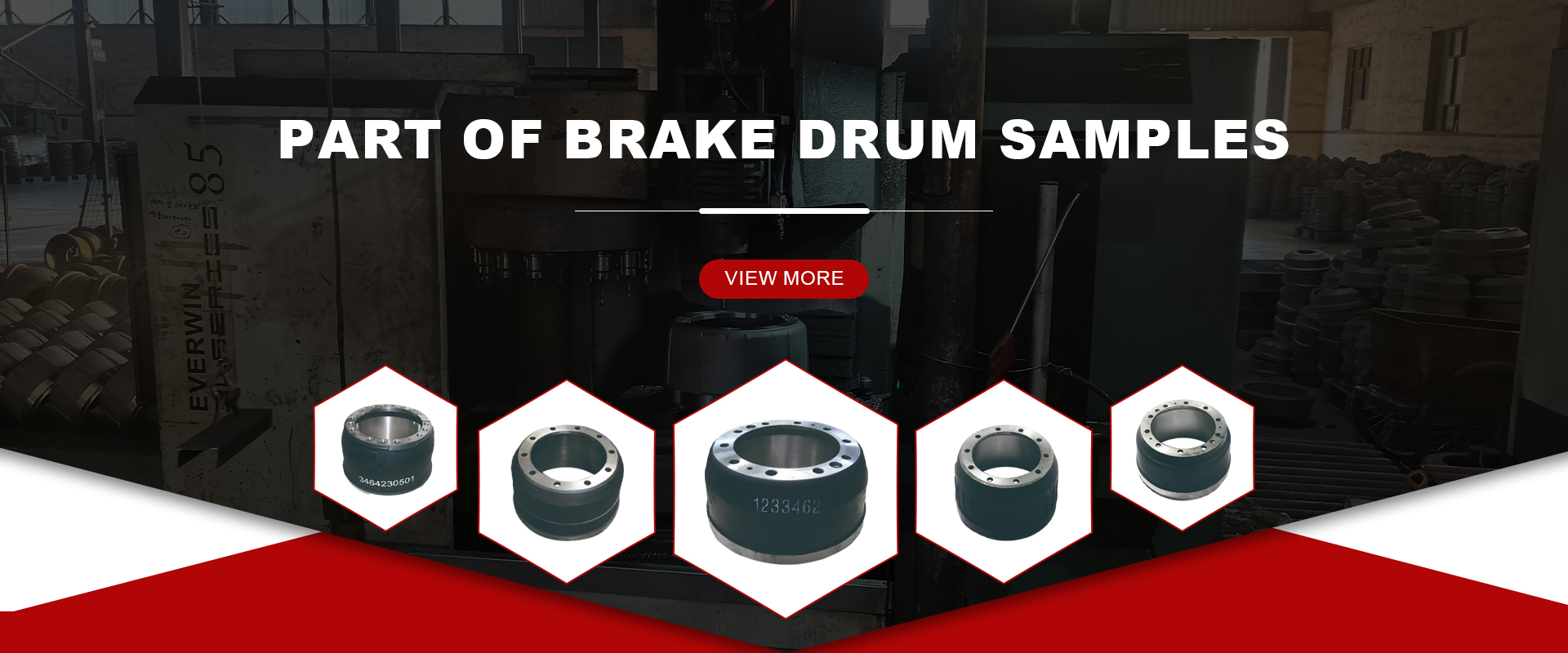נוב . 19, 2024 04:09 Back to list
brake drum material composition
The Composition of Brake Drum Materials An In-Depth Look
Brake drums are critical components in the braking systems of vehicles, primarily found in older models and heavier vehicles like trucks and buses. Understanding the material composition of brake drums is essential for ensuring safety, durability, and performance. This article explores the key materials used in brake drum manufacturing, their properties, and their impact on vehicle safety and performance.
1. Iron The Primary Material
The most common material used in brake drums is cast iron. This choice is primarily due to its excellent properties such as high strength, wear resistance, and good heat dissipation capabilities. Cast iron brake drums can withstand the extreme conditions of braking, where high temperatures can cause other materials to degrade.
There are different grades of cast iron, but gray cast iron is predominantly used for making brake drums because of its ability to provide a good balance between strength and thermal properties. Its graphite flakes help in dissipating heat, thus preventing warping and ensuring longevity. However, the weight of cast iron can be a drawback as it adds to the overall mass of the vehicle, which can adversely affect fuel efficiency.
2. Aluminum Alloys A Lightweight Alternative
In recent years, the automotive industry has seen a shift towards using aluminum alloys in brake drum manufacturing, particularly for performance and luxury vehicles. Aluminum is significantly lighter than cast iron, which can contribute to improved fuel efficiency and handling performance.
Aluminum brake drums are typically made from an alloy that includes elements such as silicon and magnesium, which enhance strength and corrosion resistance. However, aluminum needs to be precisely engineered to match the thermal properties of cast iron to prevent issues like cracking under extreme heat.
3. Composite Materials Innovation in Brake Technology
The evolution of brake technology has paved the way for the development of composite materials in brake drums. These composites often blend polymers with metallic components to achieve enhanced thermal and mechanical properties.
brake drum material composition

One such example is reinforced carbon-carbon, which is primarily used in high-performance vehicles and racing applications. Composites offer excellent heat resistance and can reduce overall vehicle weight while maintaining strength. While they are not yet mainstream for everyday vehicles, their development signifies a potential future direction for brake drum materials.
4. Ceramic and Carbon-Carbon Composites
Ceramic and carbon-carbon composites are emerging materials that offer exceptional thermal stability and performance under severe braking conditions. These materials have lower thermal expansion, which helps maintain structural integrity at high temperatures. They are often used in specialized applications, such as in racing environments or high-performance supercars, where the demands on braking systems are extreme.
While these materials exhibit superior performance characteristics, their cost often limits wide-scale adoption. Future advancements in manufacturing techniques may make them more accessible for general consumers.
5. Environmental Considerations
The choice of material for brake drums also has implications for environmental sustainability. As consumers and manufacturers become more environmentally conscious, the focus is shifting toward materials that minimize ecological impact. The recycling of cast iron and aluminum is well-established, allowing for sustainable recovery and reuse of these materials.
Additionally, manufacturers are exploring eco-friendly alternatives, such as biodegradable composites and non-toxic metal alloys, that can reduce the environmental footprint of brake drum production.
Conclusion
The material composition of brake drums is a crucial aspect of automotive engineering that directly influences vehicle safety and performance. Cast iron remains the predominant material due to its excellent properties, while aluminum alloys and composites are emerging as viable alternatives for specific applications. As technology progresses, the automotive industry continues to innovate, exploring new materials that promise enhanced performance and lower environmental impact. Understanding these materials not only helps manufacturers design better products but also informs consumers about the safety and performance characteristics of their vehicles.
-
Seamless International Solutions for Global Business & Travel
NewsAug.08,2025
-
Premium Volvo Brake Drums: Truck, Semi & VNL Performance Parts
NewsAug.07,2025
-
BPW Axles & Suspensions | Quality Running Gear for Trailers
NewsAug.06,2025
-
Premium Iveco Brake Drum - Durable & Reliable Performance
NewsAug.05,2025
-
High-Performance Nissan Brake Drum | Durable Braking
NewsAug.03,2025
-
2014 Mitsubishi Mirage Rear Brake Drums | Durable & Precise
NewsJul.31,2025
